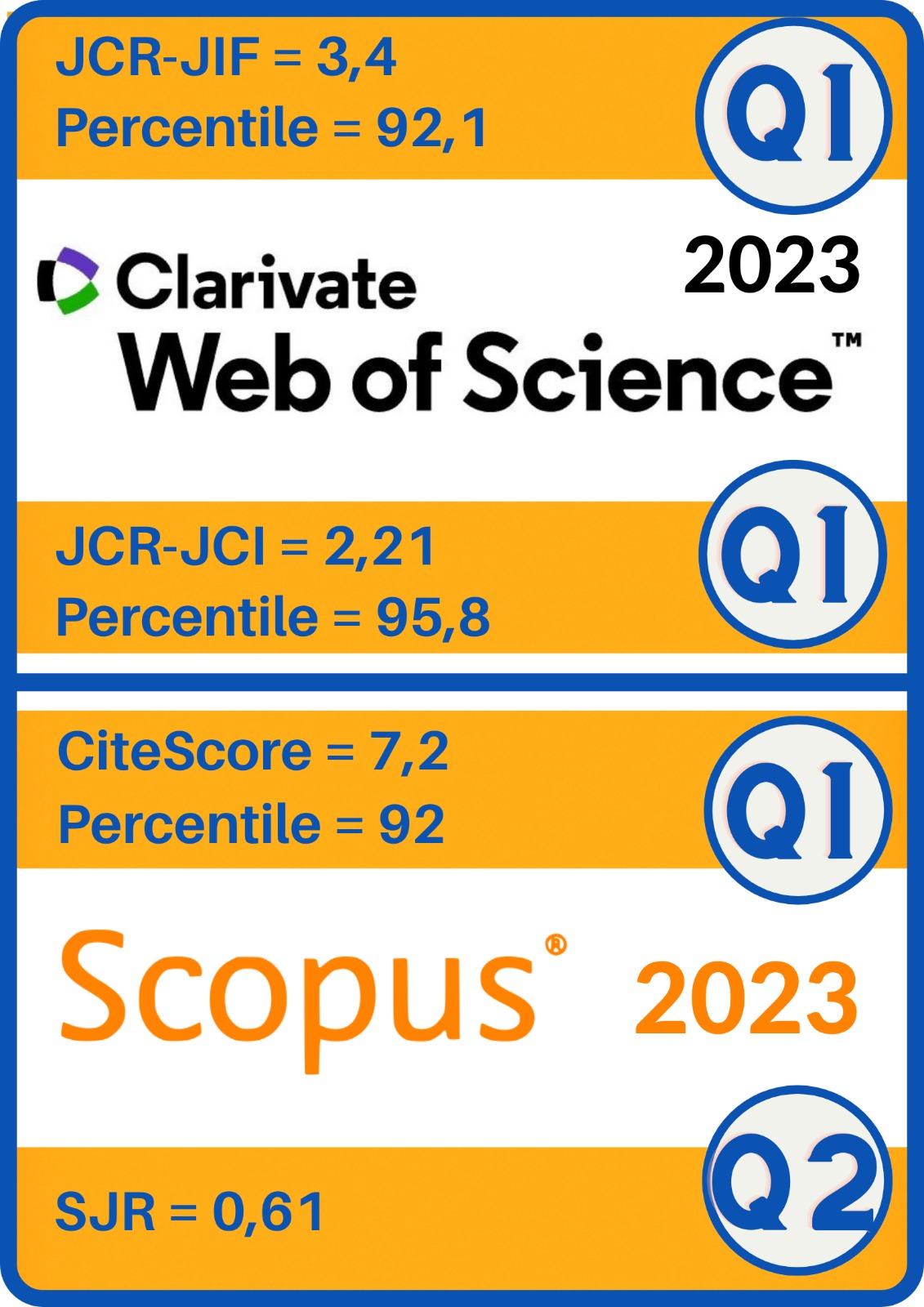Geo-cultural adaptivity in virtual learning environments
DOI:
https://doi.org/10.5944/ried.17.1.11575Keywords:
virtual learning environments, learning trajectories, geo-cultural, adaptivityAbstract
At the present time the access to digital contents is one of the most important techniques to support learning. Although there are multiple systems with this goal, little attention is given to their adaptation to the cultural characteristics of the contents related to the learners’ geographic location. The focus of this article is to contribute to the development of digital inclusion and peoples’ learning abilities through of the construction of a digital ecosystem. The aim is to develop students’ abilities to expand skills in collaborative learning activities to build and share knowledge in a social context. This interaction, when expanded to large groups of participants of different nationalities, runs into implementation difficulties arising from geo-cultural characteristics. Our work deals with the analysis of these characteristics to allow the expansion of virtual learning environments for large groups of students. This concern with the specific characteristics of students from different regions is one of the major obstacles to the implementation of Massive Open Online courses (MOOCs).
Downloads
References
Bouzeghoub, A.; Do, K. N.; Lecocq, C. (2007). A Situation-Based Delivery of Learning Resources in Pervasive Learning. In Lecture Notes in Computer Science, Springer-Verlag, Berlin, Heidelberg.
Brusilovsky, P. (1996). Methods and techniques of adaptive hypermedia. User Modeling and User Adapted Interaction, 6 (2-3), (87-129). Special Issue on Adaptive Hypertext and Hypermedia.
Chen, S. (2002). A cognitive model for non- -linear learning in hypermedia programs. British Journal of Educational Tecnhology, 33 (2), (449-460), Blackwell Publishers Ltd.
De Bra, P. (1999). Design Issues in Adaptive Web-Site Development. Workshop on Adaptive Systems and User Modeling on the WWW, Canada. Proceedings.
Gasparini, I.; Pimenta, M. S.; Palazzo M. de Oliveira, J.; Kemczinski, A. (2010). Usability in an Adaptive e-learning environment: Lessons from AdaptWeb. IEEE Learning Technology Newsletter, 2, (13-16).
IEEE, L.T.S.C. (2002). IEEE Standard for learning object medadata. [en linea] Disponível em: http://ltsc.ieee.org/ wg12/index.html [consulta 2013, 27 de octubre] ISO 9241-11 (1998). Ergonomics requirements for office with visual display terminals (VDTs).
Koch, N. P. (2001). Software Engineering for Adaptive Hypermedia Systems – Reference Model, Modeling Tecnhiques and Development Process. Ph.D. Thesis. Ludwig-Maximilians-Universität München.
Limongelli, C.; Sciarrone, F.; Vaste, G. (2011). Personalized e-learning in Moodle: the Moodle_LS System. Journal of e-Learning and Knowledge Society, 7 (1), English Edition, (49-58).
Maybury, M.; Brusilovsky, P. (2002). From Adaptive Hypermedia to the Adaptive Web. Communications of the ACM, New York, 45 (5), (31-33).
Mayer, R. (2009). Multimedia Learning. Cambridge: Cambridge University Press. 2 ed.
McCarthy, J. (2002). Actions and Other Events in Situation Calculus. Proceedings of the 8th International Conference on Principles of Knowledge Representa- tion and Reasoning, Morgan Kaufmann Publishers, (615-628). Moodle (s/f). Moodle System. [en línea] Disponível em: http://moodle.org/about [consulta 2013, 27 de octubre]
Santos, N. S. R. S.; Gasparini, I.; Pernas, A. M.; Palazzo M. de Oliveira, J.; Lima, José Valdeni de; Pimenta, M. S.; Wives, L. K.; Nicolao, M.; Fernandez, A.; Barros, R. M. (2011). Monitoramento navegacional do aluno para descoberta de padrões de preferências de aprendizagem no Moodle. Cadernos de Informática (UFRGS), 6, (109-116).








